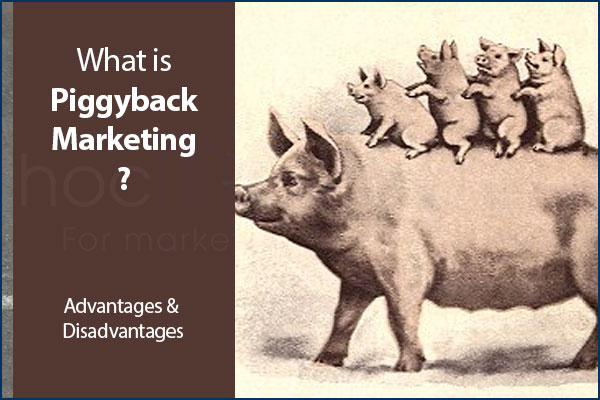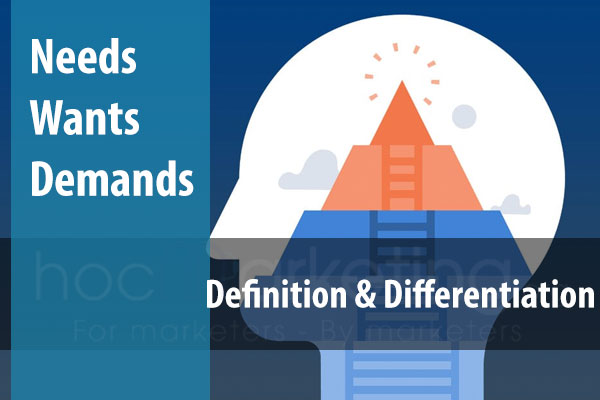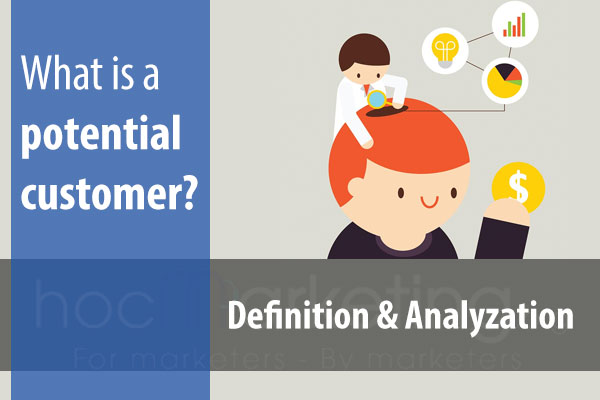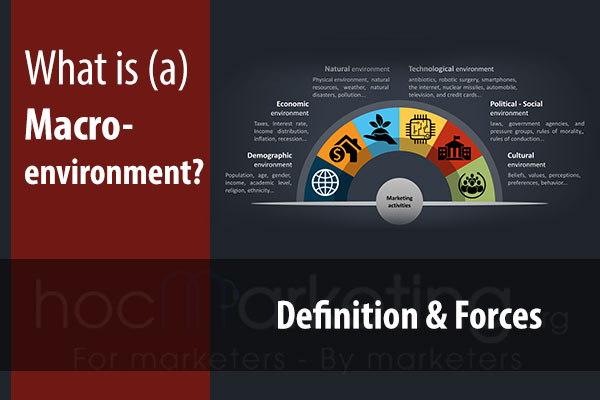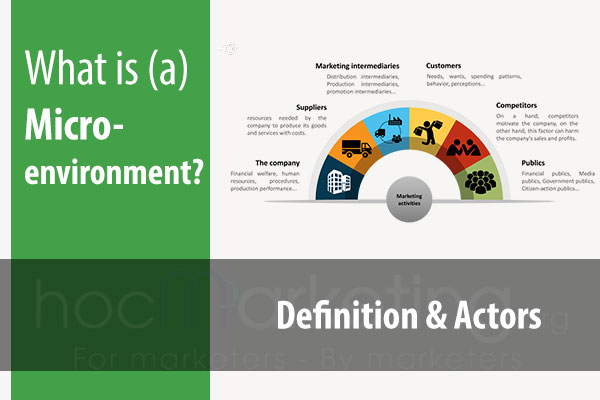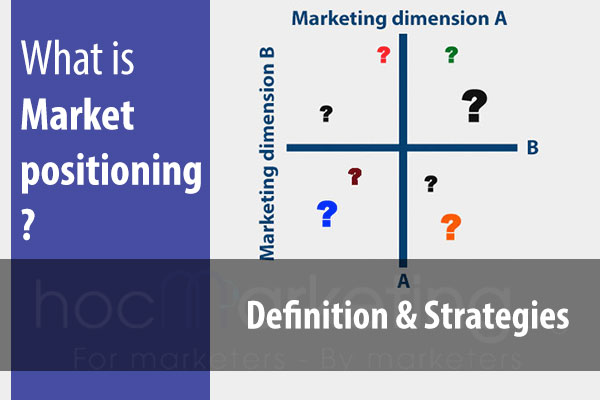
What is Piggyback Marketing? Advantages & Disadvantages

Marketing is all about getting the attention of your target audience. There are many different ways to do that, from advertising, to giveaways and promotions. One type of promotion is quite different, though - piggyback marketing! Learn in this blog article how it works and what the positives and negatives are.
Marketing is all about getting the attention of your target audience. There are many different ways to do that, from advertising, to giveaways and promotions. One type of promotion is quite different, though - piggyback marketing! Learn in this blog article how it works and what the positives and negatives are.
What is Piggyback Marketing?
Marketing is a necessary part of any business, but it can sometimes be difficult to find a cost-effective way to implement new strategies. On the road to finding those cost-effective strategies, we just hit pay dirt with piggyback marketing. It's a very low-risk and cost-effective strategy and approach.
In piggyback marketing, two companies share sales of specific products with each other to expand the reach of those suppliers and increase their profits. For example, a tire company might partner with a car manufacturer to promote their product. Because there's no competition, the companies are complementary; after all, cars need tires in order to move on the road. It makes sense that partners would not be interested in trying to sell one another's products, because one wouldn't use tires and another wouldn't use cars - so much easier for them!
Advantages of Piggyback Marketing
1. Easy international entry
There are two parties involved in the process of piggyback marketing. One company relies on the other for their services, and if you enter into a deal with an international company, it gives you an upper edge. This is your chance to enter international markets and establish your name and reputation there.
What usually happens is that nobody enters into such a deal until and unless you are exceptional. It's because nobody wants to ruin their impression among the masses. The minute an international company agrees to your offer, it shows that you are on par with them and they appreciate your products as well. This can be huge for you.
2. Online marketing
The world is going digital. Search engines have become more reliable sources of information, and social media has become a more popular way for people to interact with others. The web has now become an essential tool in marketing your business and increasing sales.
Thanks to the large number of users on social media, you can reach out to them in many ways. One of the most common is through advertisements, such as on Google Ads.
I'm talking about the company advertisements that you've seen on Facebook. Everyone has been forced to pay for a certain amount of their advertisement to be visible to the target audience, and this money depends on the number of days and the scale of your advertisement reach.
3. Reach the target audience
Sometimes it's hard to get the attention of your target customers. That is, if you're not finding an effective way to help them interact with your brand. This is where piggyback marketing comes in, helping you reach the audience that has been missing from your marketing strategy.
If you're wondering how, keep reading. In piggyback marketing, you partner with another firm that is in a related field as you. Unlike your competitors, they won't be direct competitors - they will provide marketing services instead of selling goods or products. This allows you to reach the same target audience and introduce yourselves to them while they are being able to identify you too.
4. Increase sales
The aim of all marketing gimmicks is to improve sales and increase profits. The outcome you get only after you are able to successfully sell your products. Because of this, piggybacking other marketing campaigns is one of the best ways to accomplish this goal.
The company that you choose needs to be reputable and trustworthy as well as a big player in the business. You'll often find your name being associated with the company if they go out of business, as well.
Things to consider when it comes to going for Piggyback Marketing
1. Target audience
If you're looking to piggyback your content marketing, it's important to make sure that your audience is receptive. Your content should cater to the type of people who would likely be buyers of your solution. It doesn't matter which company you pick as long as they fall under the category that your potential customers belong to.
You see, when you're selling only formal shoes, it's important to make sure that your marketing is carefully crafted and catered to the lifestyle of your target audience. If you're not careful about the company that markets you, then you might get lost in a sea of associated brands. With A Squared Consulting there's no chance of any missteps - we have thousands of years worth of experience crafting marketing campaigns for businesses; we'll ensure that your business stands out from the crowd.
2. Region
It's important to examine how far your company reaches in terms of geographic location. There are those that are national, but most companies are regional or local. You may need to be concerned about the scale of operations for both parties.
International expansions are perilous endeavors. It would be pointless if they promoted you in the international market and you are actually unable to meet the demands of such a big population. That puts a huge question mark on your ability and well as the other company’s reliability. Loss of face is a big no-no. Additionally, you must always have a backup option in case one means of transport is unavailable on certain days or times.
3. Time
Economic periods can impact the cost of sourcing and managing company contacts. A company may have been doing very well for a period, but then experience a dip in work due to the emergence of a competitor. In such a situation, it's important to look at their present market status.
Conclusion
Piggyback marketing is a great way to get your business' name out there without having to spend a lot of money. It's also a great way for small businesses to tap into the resources of large businesses, and vice versa. There are some advantages and disadvantages to using piggyback marketing, so it's important to consider both before jumping in feet first.
